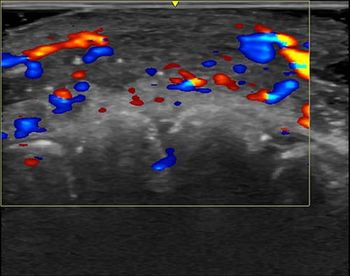
PACS + HIS + RIS: Some assembly required
Finding a way to share data with the other electronic information systems in an enterprise is one of the greatest challenges of installing PACS. A custom interface may be necessary to achieve the desired data integration. The purpose of integration is
Finding a way to share data with the other electronic information systems in an enterprise is one of the greatest challenges of installing PACS. A custom interface may be necessary to achieve the desired data integration.
The purpose of integration is to eliminate or reduce the keystrokes made by clerks, technologists, and radiologists, thus minimizing human data entry error. The challenge lies in matching up the disparate DICOM and HL7 elements found in hospital information systems (HIS) and radiology information systems (RIS).
When the federal government, for example, wanted to interface the HL7-based HIS at 20 Department of Defense (DoD) hospitals with their two DICOM-based RIS, they first had to create an interface engine to translate some data formats.
"While both DICOM and HL7 are industry standards, their purposes are different," said Thomas V. Kinsey, Agfa's government liaison and formerly a member of the DoD's Joint Imaging Technology Project Office at Fort Detrick, MD. "This makes sharing data between the HIS/RIS and PACS problematic, since neither standard contains a complete database of elements in its native format."
Interfacing two or more information systems involves many levels of planning and preparation. Certain aspects of the protocols such as their communication structures, communication schemes, and physical connections must be researched and identified to the HIS, RIS, and PACS vendors, according to Kinsey.
"Elements like DICOM Study UID do not exist in that format in HL7; elements like HL7 Clinical Appointment Date/Time (SCH-7) do not exist in DICOM," he said.
Since neither standard contains all the necessary elements, both data formats require nonstandard data elements to be created. In HL7, these data elements are termed "Z" segments since these are unique to that instance of HL7. In DICOM, they're called "private tags." Because most of the elements needed were to support imaging, the DICOM standard required fewer private tags, but there were dozens of Z segments created for HL7-based data.
The DoD's five-year integration effort reduced the amount of manual entry to the lowest level possible.
"Data mapping during installation saved time, improved productivity, and increased user acceptance during PACS implementation," Kinsey said. "It also resulted in more standardized database entries in both the HIS and the RIS."
Newsletter
Stay at the forefront of radiology with the Diagnostic Imaging newsletter, delivering the latest news, clinical insights, and imaging advancements for today’s radiologists.




























